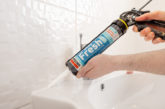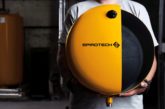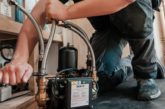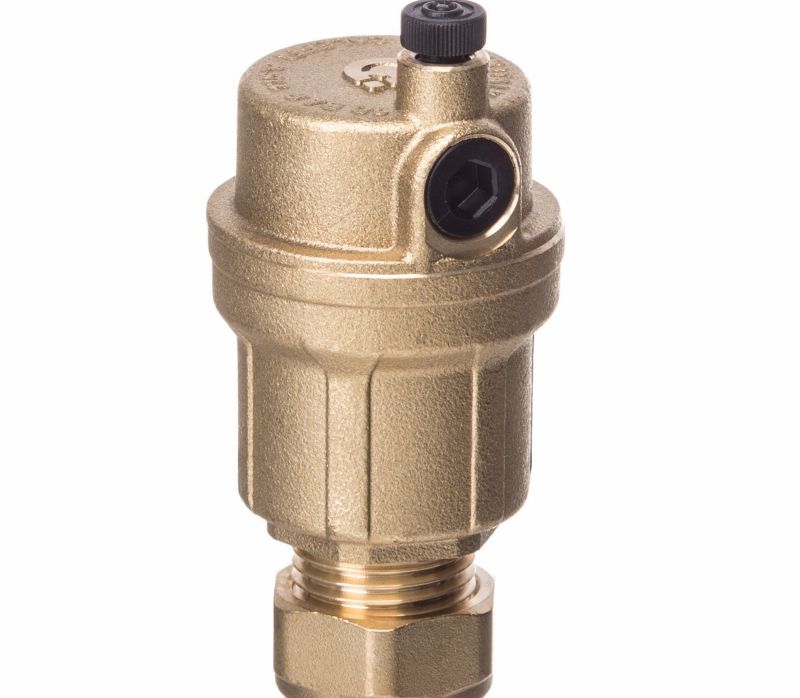
Ed Morris, Technical Manger at Altecnic, takes a look inside an Automatic Air Vent to explain where to use one and how it works.
Automatic Air Vents are a vital component in modern heating and plumbing systems, and Altecnic’s 502 Robocal® range offers a great example of how they function to maintain system efficiency. In this article, we take a closer look at the internals of the Robocal® Automatic Air Vent to breakdown the engineering behind it.
What Does an Automatic Air Vent Do?
Air can become trapped in closed-loop heating and cooling systems. Left unchecked, this can cause noisy operation, blockages, corrosion, and reduced performance of radiators and control valves. Automatic Air Vents solve this issue by continually releasing trapped air without manual intervention. This automatic expulsion of air is especially important during system filling and operation, helping to maintain optimal flow and temperature distribution.
How It Works: The Internal Mechanism
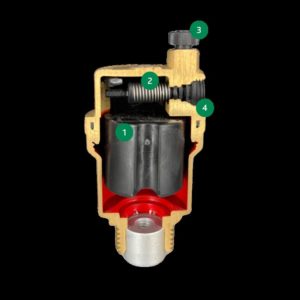 1 – Float Mechanism: At the core of the automatic air vent is a polypropylene float. This buoyant component sits inside the vent’s chamber and rises or falls depending on the water level inside.
1 – Float Mechanism: At the core of the automatic air vent is a polypropylene float. This buoyant component sits inside the vent’s chamber and rises or falls depending on the water level inside.
The float works by:
– Air entering the chamber, displacing the water, causing the float to drop.
– As the float drops, it pulls open a valve, allowing the trapped air to escape through the top vent outlet.
– Once the air is expelled, water re-enters the chamber, lifting the float back up, which closes the valve to prevent water from escaping.
This process occurs automatically, repeating continuously as small amounts of air accumulate in the system.
2 – Spring: The spring applies tension that ensures the valve closes quickly and securely when water lifts the float. This ensures a tight seal against the silicone rubber disc, preventing water leakage. It also gives fast response time, especially important during system start-up or refilling when a large amount of air is present.
3 – Bleed Screw: On top of the Robocal® is a bleed screw, which is a small, manually adjustable cap. During initial installation or servicing, engineers can loosen this screw slightly to manually release trapped air. Once the system is operational, the screw is tightened, shutting off the valve. Automatic venting can then be achieved through opening the bleed screw.
It also serves as a safety lock-off to disable venting in case of maintenance needs or system pressure issues.
4 – Retaining Plug: The plug acts as an anti-vibration stabiliser. In heating systems, vibrations can travel through pipework and components, potentially affecting performance or causing premature wear.
The plug helps dampen and absorb vibrations, preventing them from impacting the internal float mechanism.
Together, these internal components form a self-regulating, low-maintenance system. The Robocal® continuously senses the presence of air, releases it automatically, and seals again without losing water. It’s a prime example of how clever mechanical design, using simple physics and robust materials, can result in high reliability and minimal maintenance.
How is an Automatic Air Vent installed?
The 502 Robocal® is designed for vertical installation on air separators, hydraulic separators, manifolds, risers, and any location where air pockets are likely to accumulate. However, it should not be installed in areas prone to freezing or where it would be difficult to access for inspection.
Once installed, the cap on the air outlet is turned anticlockwise by one full turn from the closed position. If left in this position, air is automatically vented as it collects. This simple setup provides a hands-free, low-maintenance solution to system air management.
Long-Term System Reliability
Maintaining the quality of a heating system relies heavily on keeping the air vent in top condition. One of the standout features of the 5026 Robocal® is its automatic shut-off valve, which allows for fast and hassle-free maintenance. When the valve is unscrewed or removed for inspection, the Robocal® automatically shuts off the water flow, eliminating the need to drain the system or isolate pipework. This allows for on-the-spot maintenance or replacement.


